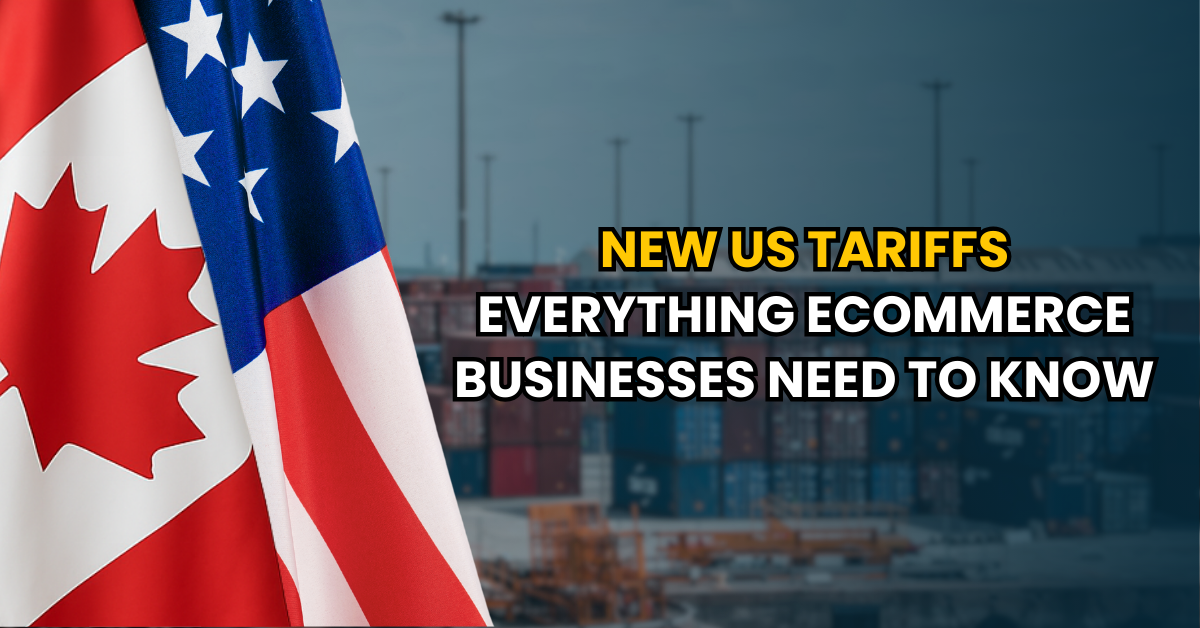The holiday season is a busy time for businesses, with more people out shopping and buying gifts. This increase in sales can also increase returns, as people receive items they don’t want or need. While some returns are simply a matter of customers changing their minds, others are due to damaged or defective merchandise.
Regardless of the reason for the return, retailers need to be prepared to handle the influx of returns that come during the holiday season. Are you ready to learn about tips for the peak season? But first, let’s look at the challenges of returning during the holiday season.
What Are Returning Challenges During the Holiday Season?
As shoppers flood stores and websites to purchase gifts, the succeeding surge in return requests becomes a critical aspect to contend with. In this brief exploration, we’ll delve into the distinct challenges that businesses face when handling returns during this holiday season.
- Damaged Goods
Due to the increased volume of orders, some items may be damaged during shipping or handling. This can be a problem for businesses, as they may need to issue refunds or replacements. Damaged goods can lead to customer dissatisfaction.
- Fraudulent Returns
Due to the increased volume of returns, some people may attempt to return items they did not purchase or are not eligible for return. Fraudulent returns can be costly for businesses, as they may need to issue refunds for fraudulent returns. Additionally, fraudulent returns can damage customer trust and loyalty.
- Limited Time Frame
The holiday season is a busy time for everyone, making it challenging for businesses to deal with returns promptly. Many people need more time or patience to wait for a return to be processed so that they may take their business elsewhere. This can lead to lost sales and revenue for retailers.
How much money do inefficient returns lose?
Inefficient returns processing can cost businesses a lot of money. In fact, it is estimated that 10% of all returned merchandise is never resold because it is damaged or lost in the return process. This can add up to millions of dollars in lost revenue for businesses, particularly during the holiday season when returns are at their highest.
In the United States alone, retailers experienced an estimated $761 billion in merchandise returns because of consumer rejection during the holiday season.
How much money could you earn if you do returns right?
It depends on the specific type of returns management and the associated investment strategy. However, generally, a well-executed returns management strategy can help investors achieve better risk-adjusted returns, protect their capital during complex markets, and improve their long-term performance.
While businesses lose a lot of money each year due to inefficient returns management, they could earn a significant amount if they were able to process returns more efficiently. This is because processing returns quickly and efficiently leads to happier customers who are more likely to shop with the retailer again.
Tips on Return Management
Effective returns management is crucial for businesses during the holiday season. Here are some tips to help businesses manage returns efficiently and enhance customer satisfaction:
- Clear Returns Policy: Ensure your returns policy is easy to understand and prominently displayed on your website and in-store. Make any special holiday return policies or deadlines clear to customers.
- Streamline the Process: Simplify the returns process for customers. Offer multiple return options, including in-store returns, mail-in returns, or even curb side returns for added convenience.
- Extended Return Period: Consider extending your return period during the holiday season. This provides customers with more time to return gifts and reduces the rush right after the holidays.
- Efficient Staffing: Staff up adequately to handle increased returns traffic. Well-trained employees can process returns quickly and provide helpful assistance to customers.
- Inspect Returned Items: Implement a thorough inspection process for returned items to determine their condition. This ensures that only resalable items are returned to your inventory.
- Restocking and Refurbishing: Quickly restock or refurbish returned items to minimize inventory holding costs and maximize sales opportunities.
- Automation: Utilize technology and automation to track returns, update inventory, and issue refunds efficiently. This reduces errors and speeds up the process.
- Customer Communication: Keep customers informed about the status of their returns. Send email notifications when returns are received and when refunds or replacements are processed.
- Data Analysis: Analyze returns data to identify trends and recurring issues. This can help you improve product quality, adjust stocking levels, and make informed business decisions.
- Fraud Prevention: Implement fraud prevention measures to safeguard against illegitimate returns, such as requiring proof of purchase or imposing restrictions on certain high-value items.
- Customer Feedback: Encourage customers to provide feedback on their return experience. Use this feedback to continually improve your returns process.
- Environmental Responsibility: Consider sustainable disposal or recycling options for returned items that cannot be resold, reflecting a commitment to environmental responsibility.
- Monitor Return Costs: Keep a close eye on the costs associated with returns, including return shipping costs and processing expenses. Optimize these costs where possible.
By implementing these returns management tips, businesses can not only navigate the challenges of the holiday season effectively but also turn returns into an opportunity to build customer loyalty and improve overall operations.
How a 3PL Can Help With Returns Management
A Third-Party Logistics (3PL) provider can play a crucial role in helping businesses manage returns efficiently and effectively. Here’s how a 3PL can assist with returns management:
- Expertise and Experience: 3PLs specialize in logistics and supply chain management. They have experience in handling returns across various industries and can bring their expertise to your returns process.
- Dedicated Returns Processing: 3PLs can establish a dedicated returns processing center or area. This ensures that returned items are handled separately from regular inventory, allowing for efficient inspection, refurbishment, and restocking.
- Reverse Logistics: A 3PL can manage the entire reverse logistics process, from coordinating return shipments to inspecting, sorting, and processing returned items. They can handle the logistics of getting items back to your facility or designated return center.
- Efficient Inspection and Testing: 3PLs often have quality control processes in place to inspect and test returned items. This ensures that only products in resalable condition are restocked, reducing losses from damaged or unsellable goods.
- Inventory Management: 3PLs can update your inventory systems in real-time, ensuring accurate stock levels. This is particularly important during the holiday season when returns can disrupt inventory management.
- Multi-Channel Support: If you sell through multiple channels (e-commerce, brick-and-mortar, marketplaces), a 3PL can integrate returns from all channels into a single, cohesive process.
- Customized Returns Solutions: 3PLs can tailor returns management solutions to your specific needs, whether you require simple returns processing or a more complex system with refurbishment and resale capabilities.
- Scalability: During peak seasons like the holidays, 3PLs can scale their operations up or down based on your needs, ensuring that you have the necessary resources to handle increased returns volume.
- Data and Reporting: 3PLs often provide detailed reporting and analytics on returns, giving you valuable insights into return trends, reasons for returns, and customer behavior.
- Cost Efficiency: Outsourcing returns management to a 3PL can be cost-effective. You can avoid the overhead costs associated with maintaining a dedicated returns department, especially if returns are seasonal.
- Customer Service: Some 3PLs offer customer service support for returns, handling customer inquiries and providing return authorization, which can improve the overall customer experience.
- Technology Integration: Many 3PLs offer technology solutions that seamlessly integrate with your e-commerce platform, making returns management more efficient and transparent.
By partnering with a 3PL, businesses can offload the complexities of returns management, reduce operational burden, and improve their overall efficiency in handling returns during the holiday season and year-round. This allows the business to focus on its core operations and customer service.
Conclusion
Efficient returns management is critical for retailers during the holiday season. By establishing a clear returns policy, training employees on handling returns, and having a plan for return items, retailers can make the most of this peak season. In addition, working with a 3PL can help retailers streamline their return process and scale their operations.
Why Partner with Ecom Logistics?
Ecom Logistics is a leading Canadian 3PL providing end to end logistics solutions to North American businesses since 2017. Headquartered at North york, Ontario, equipped with more than 250,000 sq feet of warehousing space and the latest fulfillment technology, we have proved to be a trusted partner for thousands of businesses for all their warehousing and fulfillment needs. We also offer complimentary logistics services such as inventory management, same day and next day delivery, Canadian, US and international shipping options, returns management, LTL freight and much more.
Book a free consultation today! Click Here




